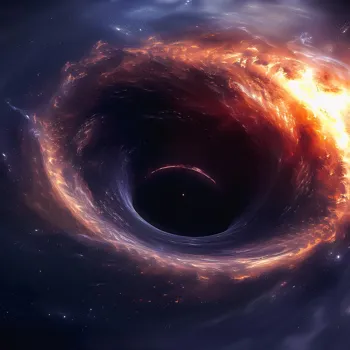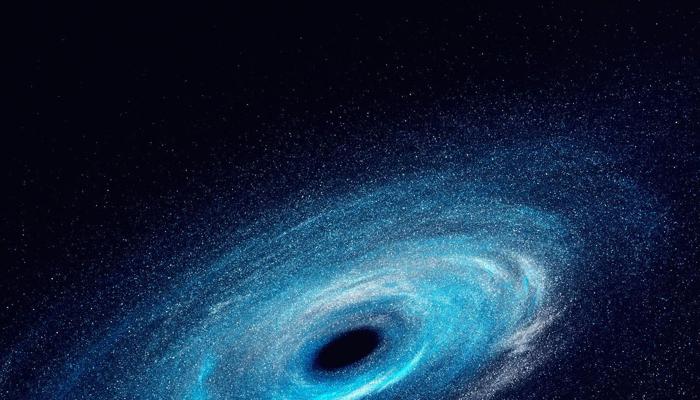Unraveling Gravity: The Enigmatic Force Shaping Our Universe. Discover the secrets from apple falls to black holes!
From the humble apple falling from a tree to the grand dance of planets around the sun,
gravity is the invisible force that governs much of what we see and experience in the universe.

It's so fundamental that we often take it for granted, but understanding gravity is key to unlocking the secrets of everything from the formation of galaxies to the behavior of black holes. Let's delve into this fascinating force and see how it shapes our reality.
Newton described gravity with apple falling observation
Sir Isaac Newton, back in the 17th century, was the first one to describe the gravity that we know of. He saw an apple that fell from a tree. According to newton, Every object that has a mass will put a pull on every other object that has a mass with a force.
The more massive an object is, the greater its pull will be. Also, the closer objects are, the stronger that pull gets. This observation about gravity was revolutionary and explains why we stay grounded, the planets orbit the sun, and tides occur.
Einstein's theory: gravity warps spacetime, objects move
However, Newton's explanation wasn't perfect. It couldn't explain everything, especially when dealing with very massive objects or speeds approaching the speed of light. That's where Albert Einstein entered the picture in the early 20th century. Einsten's was thinking of gravity in a new way.
He proposed that Gravity isn't simply a force between the objects, instead the mass of an object warps/bends around the space and time around it and this warped spacetime/space-time is what makes other objects move in the direction of the object.
Massive objects warp spacetime, explaining gravity in the universe
Imagine placing a heavy ball on a stretched rubber sheet. The ball creates a dip, right? Now, if you roll a marble nearby, it will curve towards the ball due to the dip, in reality the ball is the object that has a mass, like the sun and the marble is like a planet.
Similarly, massive objects like the sun warp spacetime, causing planets to orbit around them. Einstein's theory, called general relativity, has been tested and proven right using many experiences and observations. The theory is a better understanding about the gravity in the universe.
Gravity's role in forming galaxies and celestial bodies
Gravity is not just about falling apples and orbiting planets. It plays a huge role in forming galaxies, the building blocks of the universe. Galaxies are nothing but giant collections of stars, gas, and dust that are held together by gravity.
It is the gravity that pulls everything together, causing gas and dust to collapse into stars. These stars further clump together to form galaxies of various shapes and sizes.
Gravity also influences the way galaxies interact with each other, sometimes causing them to merge and form even larger structures. Without gravity, these structures won't be possible.
Black holes: extreme gravity warps spacetime, nothing escapes
Black holes are the most extreme examples of gravity at work. They are regions in spacetime where gravity is so intense that nothing, not even light, can escape. Black holes are formed when massive stars collapse at the end of their lives.

The immense gravity of black holes warps spacetime so drastically that it creates a sort of "bottomless pit." Scientists are still trying to understand everything about black holes, but the fact the holes affect the objects around them is evidence enough to know that gravity around the is extreme.
Gravity's crucial role in space exploration and celestial object movements
Understanding gravity helps us in many ways. For example, it is essential for launching satellites into orbit.
With gravity in consideration, scientists will be able to calculate the amount of energy needed to overcome Earth's gravitational pull also the best way how to maintain those satellites in their orbits.
Also astronomers will be able to use gravity to understand and predict movements of celestial objects, this helps them to study stars, planets, galaxies, and the structure of the whole universe.
This knowledge is not just theoretical, it has practical applications in space exploration, navigation, and many other areas.










